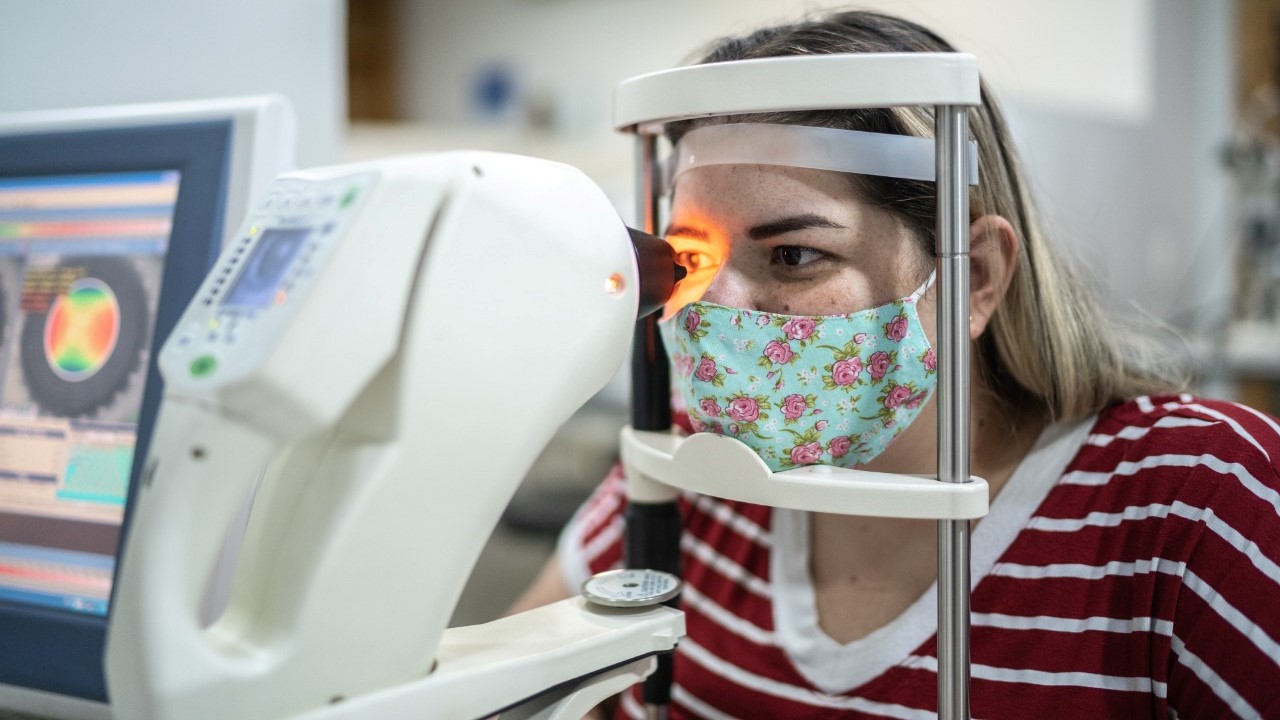
Hospiten tells us about cataracts and their types
December 23, 2022
Cataracts are an eye condition that develops when the crystalline lens loses its transparency and becomes opaque, impairing vision, dulling colors, and interfering with daily activities like reading or driving.
Age-related cataracts are quite likely to affect anyone over the age of 60. There are numerous triggers for this illness, therefore you should not rule out other possibilities.
Types of cataracts according to their origin
Senile cataracts
Senile cataracts are those that appear due to natural aging, usually after the age of 65. The crystalline lens becomes more opaque as time goes by because small particles adhere to it.
It is impossible to predict its appearance or avoid it, although healthy habits can delay it. The loss of vision due to this type of cataract occurs gradually. It is progressive and distended in time, it does not generate aggressive and immediate blindness.
If there is a family history of cataracts, your chances of suffering from senile cataracts are increased due to your genetic load.
Metabolic cataracts
This particular type of cataract is brought on by a metabolic condition that affects eye health. Diabetes mellitus is one of the conditions most frequently associated with the development of metabolic cataracts. This illness manifests as opacities with dotted forms at both points, which is one of its symptoms.
You may also like: Hospiten tells us about irritable colon syndrome
Congenital cataracts
Cataracts that are congenitally present are ones that exist from birth. Sufferers are born with an opaque lens instead of a normal, crystalline one, which prevents light from entering and impairs vision.
Although the chances of developing this type of cataracts are extremely unlikely and there is no known cause for their occurrence, it has been established that they may be related to conditions like congenital rubella, trisomy 13, trisomy 21, hereditary congenital cataracts, or ectodermal dysplasia syndrome, among others.
Accidental cataracts
This kind of cataract is linked to significant eye trauma. Sometimes the trauma’s effects are so severe that they may hurt other ocular structures. After a serious eye injury, it is crucial to watch out for any potential vision loss.
Symptoms of traumatic cataracts may take some time to manifest; their onset is typically delayed.
Traumatic cataracts with the worst prognosis are those with a puncture wound or damage to the eyeball. Successful surgical intervention in these illnesses is challenging.
#HospitenMexico
#HospitenPuertoVallarta
------ADVERTISEMENT------
------ADVERTISEMENT------
------ADVERTISEMENT------
------ADVERTISEMENT------


